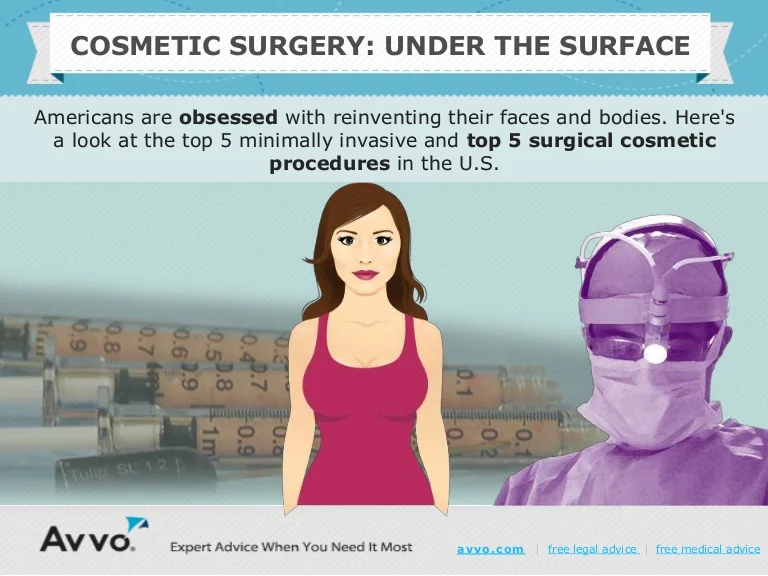Laser Treatments For Acne Scars
Laser Treatments For Acne Scars
Blog Article
Acne Therapy - What Are AHAs in Acne Treatment?
AHAs are a crucial component for unclogging pore blockages and brightening acne-prone skin. They function by breaking down dead skin cell buildup to advertise newer, fresher cells, and avoiding future clogs.
Creating topical AHAs necessitates precise interest to numerous key elements that substantially influence their efficacy and tolerability. Maintaining the ideal pH array, in addition to vehicle selection and concentration, amplifies their exfoliative characteristics while reducing prospective damaging responses.
Glycolic acid
Glycolic acid is known for its mild yet efficient exfoliating buildings, which promote skin's natural shedding and loosen up the "adhesive" that holds dead cells externally of the skin. This aids unblock pores and minimize the appearance of fine lines and wrinkles, in addition to enhance general skin appearance and tone.
Surprisingly, topical glycolic acid has actually also been shown to stimulate the production of collagen, which is vital in preserving skin's suppleness and flexibility. It is necessary to keep in mind, nonetheless, that because glycolic acid can stimulate the skin's sensitivity to sunlight, it is essential to wear sunscreen when using any products containing this ingredient.
Skin specialists pay careful interest to the solution of items consisting of AHAs in order to maximize their efficiency and tolerability. Creating AHAs with the ideal vehicle, along with pH and concentration considerations, allows for optimal skin penetration while reducing potential unfavorable reactions. This is particularly critical for people with delicate skin, given that AHAs are recognized to be gently annoying.
Lactic acid
Lactic acid is discovered in numerous over the counter skin care products and some stronger specialist peels and therapies. It has the most affordable molecular weight of all the AHAs and has the ability to permeate deeper into the skin, where it is more reliable at unclogging pores and scrubing.
Like glycolic acid, it additionally promotes collagen synthesis, which assists decrease fine lines and wrinkles and boost skin structure. Furthermore, it has moisture-retention homes, which makes it more suitable for drier skin kinds than various other AHAs.
The substantial body of medical data confirming the efficiency of topical AHAs sustains their utility in a wide variety of dermatological ailments and visual issues. These include detailed skin renewal procedures, attenuation of great lines and wrinkles, lightening of hyperpigmentation, therapeutic treatment for actinic keratosis, and acne monitoring [2] Enhancing the formulation of AHAs by stabilizing pH, focus, and car selection better improves their therapeutic potential. These mindful considerations enable skin doctors to provide safe and reliable therapies that offer superior professional outcomes.
Mandelic acid
Mandelic acid, derived from almonds, is another member of the AHA family members and is a prominent ingredient in items that assist treat acne. Its bigger molecular size means it passes through the skin much more slowly and delicately, which can decrease the potential for irritability. It's also much less likely to trigger soreness and other skin level of sensitivity problems, making it suitable for delicate skin types.
Mandelic Acid is believed to help reduce swelling and boost hydration. It works by loosening up the bonds between dead skin cells, permitting them to shed and disclose fresher-looking skin. It likewise helps in reducing the appearance of enlarged pores.
Developing topical products with AHAs needs a precise equilibrium of essential variables that considerably influence their effectiveness and tolerability. In particular, the pH of an AHA formula has been revealed to play a critical function in its ability to advertise exfoliation and boost skin tone and structure. Achieving this ideal concentration is a difficult objective and needs thorough interest to the numerous elements that influence the formulation process.
Citric acid
Citric acid, located in citrus fruits such as oranges and lemons, is a mild AHA. It's much less bothersome than glycolic or lactic acid, making it better for delicate skin. It also has astringent buildings, helping to dry out excess oil.
Like various other AHAs, citric acid can be used fake botox in chemical peels and everyday active/maintenance treatments to exfoliate the skin and advertise cell turnover. It can help reduce the look of dark spots and hyperpigmentation, in addition to great facial lines.
It can likewise raise the synthesis of glycosaminoglycans, which play an essential duty in strengthening the skin barrier feature. This helps to prevent trans-epidermal water loss, and keep optimal hydration levels in the skin [35]
AHAs can be incorporated with soothing components such as ceramides or hyaluronic acid to boost their tolerability. They can be incorporated right into day-to-day active/maintenance skincare with lotion or serum formulas. This permits practitioners to tailor their AHA therapies based upon client requirements and choices, with the flexibility of choosing from various therapy intensities or concentrations.